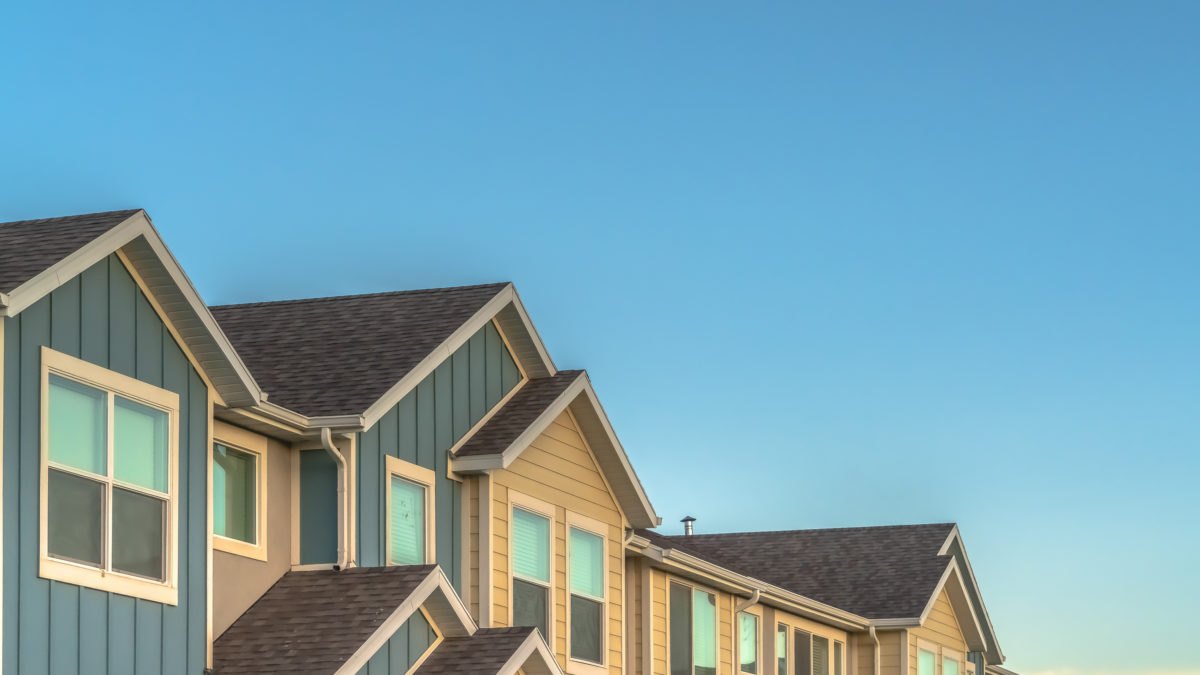
Thank goodness 2020 is in the rearview mirror and the United States is in the midst of its COVID-19 vaccine roll-out. However, that isn’t to say people’s experience of daily life is anywhere close to what we all remember as normal.
What can be said about the pandemic for certain is that it has been an accelerant of real estate trends that already existed to some degree, on both the micro- and macro-level. People who had planned to move from the urban core to the suburbs “in a few years,” bought houses sight-unseen, packed up their apartments, and moved in a matter of weeks. Shop owners who were resistant to the e-commerce revolution moved their businesses online. Companies that had not wanted to extend work-from-home privileges to employees suddenly found that they did not have a choice, and that employees’ productivity rose.
While most of us are still social distancing, we’re making plans for in-person interactions in the future, paving the way for another Roaring Twenties and compensating for celebrations missed, trips not taken, and fun not had.
With that prospect on the horizon, the Antenna Group Spaces team connected internally to predict which pandemic-fueled real estate trends will stick around, and which might be promptly forgotten once we reach herd immunity. We humbly share our forecasts here:
1). The Single-Family Build-to-Rent Niche is Here to Stay
The growing cohort of Americans who prefer to rent rather than own their homes is nothing new in itself. That trend began on the heels of the financial crisis, when many young people saw their parents suffer financially due to ruinous home purchase decisions. With so many single-family-homes trading at a deep discount then, large institutions armed with billions of dollars in capital swooped in to scoop them up in bulk, creating single-family rental (SFR) portfolio management companies such as Invitation Homes. Today, institutional investors eager to make the same play are finding that there just isn’t enough inventory to be had at attractive prices. The solution? Building entire communities of single-family homes for rent.
Developers have taken lessons from the multifamily industry to forge effective ways of managing SFR communities, marketing them as “horizontal apartments” with 24-hour on-site maintenance, landscaping, a central clubhouse with WiFi, a pool, exercise facilities, walking trails, and even planned social activities.
2). The Appeal of Urban Living Will Endure
For many people, the pandemic crystalised that urban living was in fact desirable to them. People don’t live in cities just to be close to their jobs, restaurants and bars. They live in cities for something more nebulous: opportunity. Opportunity to find their next job, or even their next profession. Opportunity to meet their life partner. Opportunity to build off the collective energy and ideas of others, hopefully in order to create something new in the world. During the pandemic, many urban renters of Class-A apartment buildings stayed put rather than move to a house with a grass backyard. This cohort is incredibly eager to get back to what they’ve missed in city living, which will fuel more multifamily development in the urban core for the next decade.
3). The Neighborhood Will Rise Again
For commuters who’ve relied on public transportation, the pandemic saw them spending a lot more time not just in their homes, but in their immediate neighborhoods. While there’s a good chance we’re all at least a bit guilty of some Amazon panic buying, we’re also likely to spend more of our dollars at local restaurants, local hair salons, and local bookstores. We take trips we can make on foot or by bike. We also spend more time getting to know our neighbors. Many of us looked around, liked what we saw, and vowed to spend more time in our neighborhoods post-pandemic, which brings us to our next prediction.
4). We Aren’t Done Redoing Our Home Offices
Pre-pandemic, the home office was an afterthought of interior design. Now, it’s on everyone’s mind. Sheltering in place brought to the fore people’s lack of adequate space, furniture, and sound-proofing to create an environment conducive to productive work. Given the assumption that a much larger subset of people will choose to work from home at least several days a week than before the pandemic, investments in ergonomic chairs, printers, desks, additional screens, lighting, and tastefully curated bookshelves will continue. Some employers are even paying a WFH stipend for this very purpose.